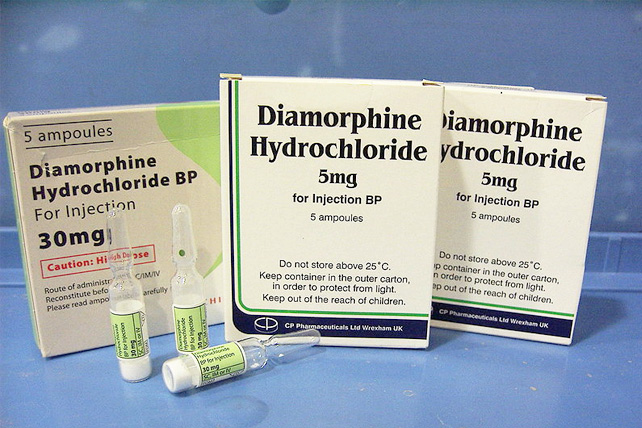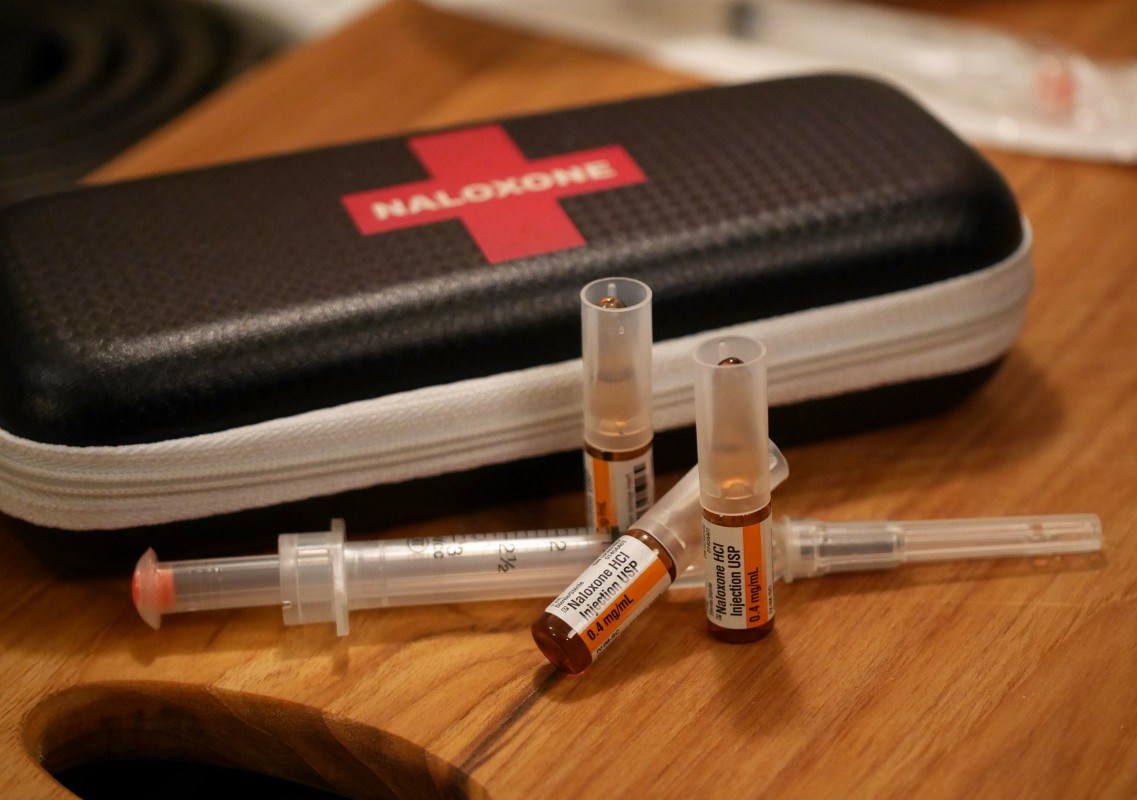Norway will offer free heroin prescriptions through a heroin-assisted treatment (HAT) programme by 2020 in an attempt to improve the living conditions of people dependent on the drug.
HAT typically allows people who use heroin, for whom other treatment options such as methadone have proved insufficient, to be provided and administered the drug in a clinical environment. The Norwegian scheme sets out to provide the drug to up to 400 people, although details on quantities are unclear while authorities formulate specific plans. Health professionals will also be on-hand when the heroin is administered so that they can intervene should an overdose occur.
Prescribing and administering heroin in a safe environment will allow people to avoid illegal heroin which may have been cut with potentially harmful substances, including the powerful opioid fentanyl.
Describing the policy in a Facebook post, health minister Bent Høie said “we hope that this will provide a solution that will give … a better quality of life to some [people dependent on heroin] … who are today out of our reach and whom current programs do not help enough”.
Norway currently has one of the highest drug-induced mortality rates among adults in Europe, 81.23 deaths per million in 2015, compared to the European average of 21.8 deaths per million.
Elsewhere in Europe, HAT has been an important part of drug treatment for many years. Such schemes are already offered – albeit restrictively in some cases – in Denmark, Germany, Luxembourg, Netherlands, Switzerland, and the UK. Evidence from some of these jurisdictions indicates that effectively-implemented HAT can reduce overdose mortality rates, as well as reduce the societal costs of drug harms and the illegal heroin trade. Following implementation in Norway, authorities could use the money saved to further invest in harm reduction services for people dependent on drugs, perhaps extending the program beyond the intended 400 recipients.
The success of HAT can perhaps be best seen in Switzerland, which became a pioneer of the approach in the 1990s. Zurich, the country’s largest city, had seen a large increase in people using heroin: soaring from 3,000 in 1975 to 30,000 in 1992. In 1994, Zurich health professionals began prescribing heroin to long-term opiate users for whom other substitutes were insufficient. By 1995, success was already showing – PRI reports – with Zurich police increasingly cooperating with social and medical services to help people who used heroin problematically.
Nowadays, “we see almost no new heroin users in Switzerland”, according to Thilo Beck, chief of psychiatry at Arud Centers for Addiction Medicine in Zurich.
If these past examples are anything to go by, Norway’s prospective campaign should be a success if implemented correctly, and could lead to a drop in the country’s rate of drug-related deaths.


